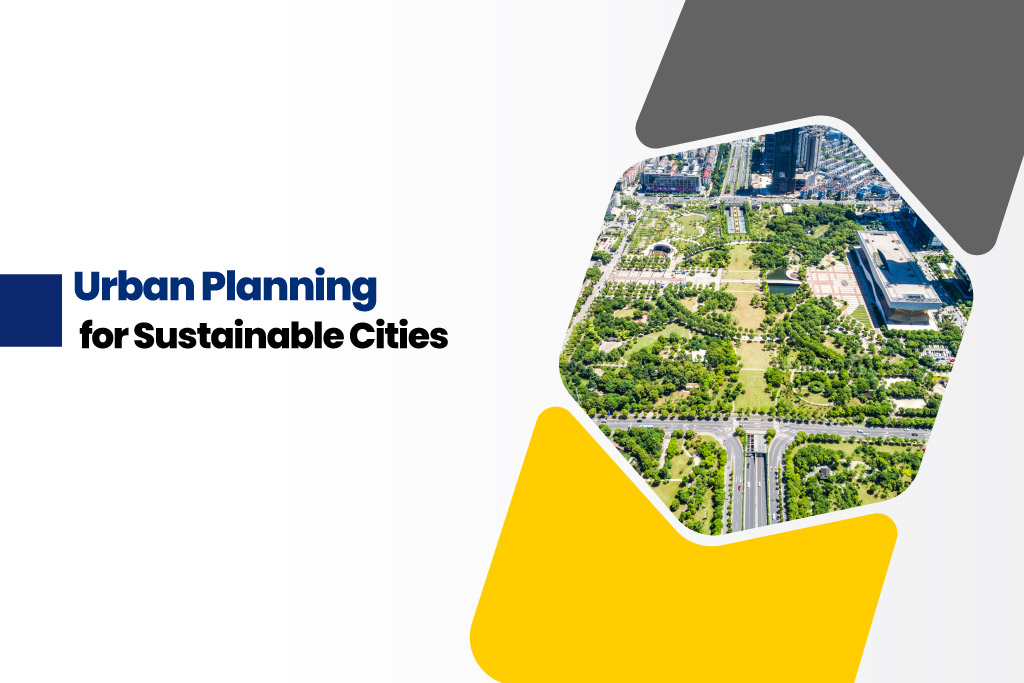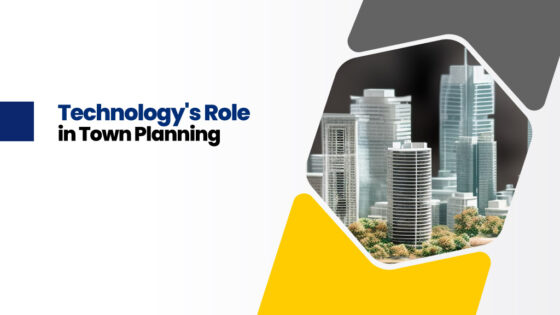In the hustle and bustle of modern life, our cities are growing at an exceptional rate. With this increased expansion comes a lot of challenges, from inequality to resource depletion. Urban planning is a ray of hope to overcome these challenges and create sustainable cities. The secret to creating future-proof, sustainable cities lies in the process of structuring public spaces.
Urban Planning
Urban planning is the process of designing and shaping the physical and economic features of cities and communities. It includes a broad range of academic fields such as sociology, economics, architecture, and engineering that collaborate to design accessible and peaceful urban environments. Architecture colleges in Coimbatore embrace these advanced techniques and educate their students about urban planning.
Contribution of Urban Planning to Create Sustainable Cities
Smart Land Use
One of the fundamental aspects of urban planning is land use. Urban planners strategically allocate land for different purposes, such as residential and commercial spaces, to optimize resources and minimize environmental impact. For example, designing compact and mixed-use developments can reduce the need for people to travel long distances, thereby cutting down on carbon emissions.
Public Transportation
Ever been stuck in traffic for hours, cursing the lack of efficient public transportation? Good urban planning aims to tackle this common issue precisely. By investing in well-connected public transit systems like trams and bike lanes, cities can reduce their dependence on private cars. It reduces congestion and improves air quality.
Green Infrastructure
Green spaces are warmly welcomed in sustainable cities. Urban planners incorporate green infrastructure like parks and tree-lined streets into city designs. These green areas offer a breath of fresh air in the bustling city and support biodiversity. Incorporating green infrastructure reduces the impact of the heat island effect and absorbs carbon dioxide.
Energy-Efficient Buildings
In cities, buildings are primarily responsible for both energy use and greenhouse gas emissions. Urban planners from the top 10 architecture colleges in Tamil Nadu can promote the construction of energy-efficient structures through the implementation of zoning restrictions and building codes. Try to replace or include solar panels, adequate insulation, and passive design techniques. These simple modifications can result in significant energy savings.
Community Engagement
Sustainable cities aren’t just about infrastructure; they’re about people. Because of this, good urban planning involves communicating with nearby communities to learn about their goals and requirements. Involving locals in the planning process by conducting town hall meetings or on online platforms promotes a sense of ownership and guarantees that development projects are preserved with local values.
Resilience to Climate Change
Cities need to get ready for inevitable situations like rising sea levels, harsh weather, and a shortage of water. Urban planners have a pivotal function in increasing the resilience of cities through the integration of climate adaptation tactics into their designs. This might involve constructing flood barriers, restoring wetlands, or recommending water-saving practices.
Equitable Access
Sustainable cities aim to provide all citizens with equal access to basic services and facilities, irrespective of their socioeconomic background. Urban planners can promote equity by implementing inclusive zoning policies, affordable housing initiatives, and equitable public resource distribution.
Waste Management
The majority of us handle waste by keeping it out of sight and out of mind. However, urban planners know better. They strive to create effective waste management plans that optimize the recycling and composting processes. It also reduces the amount of waste that is sent to the trash yard. There exist numerous inventive approaches to address the continuously increasing amount of urban waste, ranging from waste-to-energy facilities to street collection initiatives.
Preservation of Cultural Heritage
Sustainable cities are concerned with both the past and the present. Urban planners understand how important cultural legacy is to determining a city’s identity and creating a sense of community among its citizens. They guarantee that cities maintain their distinct identity in the face of rapid development by incorporating historic preservation into their planning.
Continuous evaluation and adaptation
Effective urban planning is a process that involves iteration. Cities are dynamic entities that constantly change in reaction to demography and environmental factors. Urban planners need to constantly assess the success of their plans. They also need to be prepared to innovate and change as circumstances demand.
Key Principles of Urban Planning
Urban planning is a dynamic field guided by key principles aimed at creating sustainable and equitable cities.
Mixed-Use Development
Instead of separating residential, commercial, and recreational sectors, mixed-use development combines different roles within the same neighborhood or district. This strategy encourages a variety of land uses, which lessens the need for lengthy commutes and increases walkability.
Transit-Oriented Development
The goal of transit-oriented development is to build small, pedestrian-friendly towns that are centered on hubs for public transportation. TOD promotes sustainable means of transportation and increases transit use by arranging construction around transit nodes.
Green infrastructure
It is the process of incorporating natural features into the built environment, such as parks and green areas. Cities can reduce the consequences of climate change and improve air quality.
Walkable and compact cities
Walkable and compact cities have varied land uses and pedestrian-friendly design features, including wide walkways and connected streets. Walkable and compact neighborhoods encourage social contact and enhance the general well-being of their residents.
Urban planning is more than just drawing lines on a map or issuing building permits. It is about structuring the fundamental fabric of our communities in a way that promotes sustainability and equality. Urban planning has become essential as the globe gets increasingly urbanized. It holds the key to a more promising and sustainable future for everyone. So, enrolling in courses from the top architecture colleges in India through NATA can lead to a rewarding career in urban planning.





